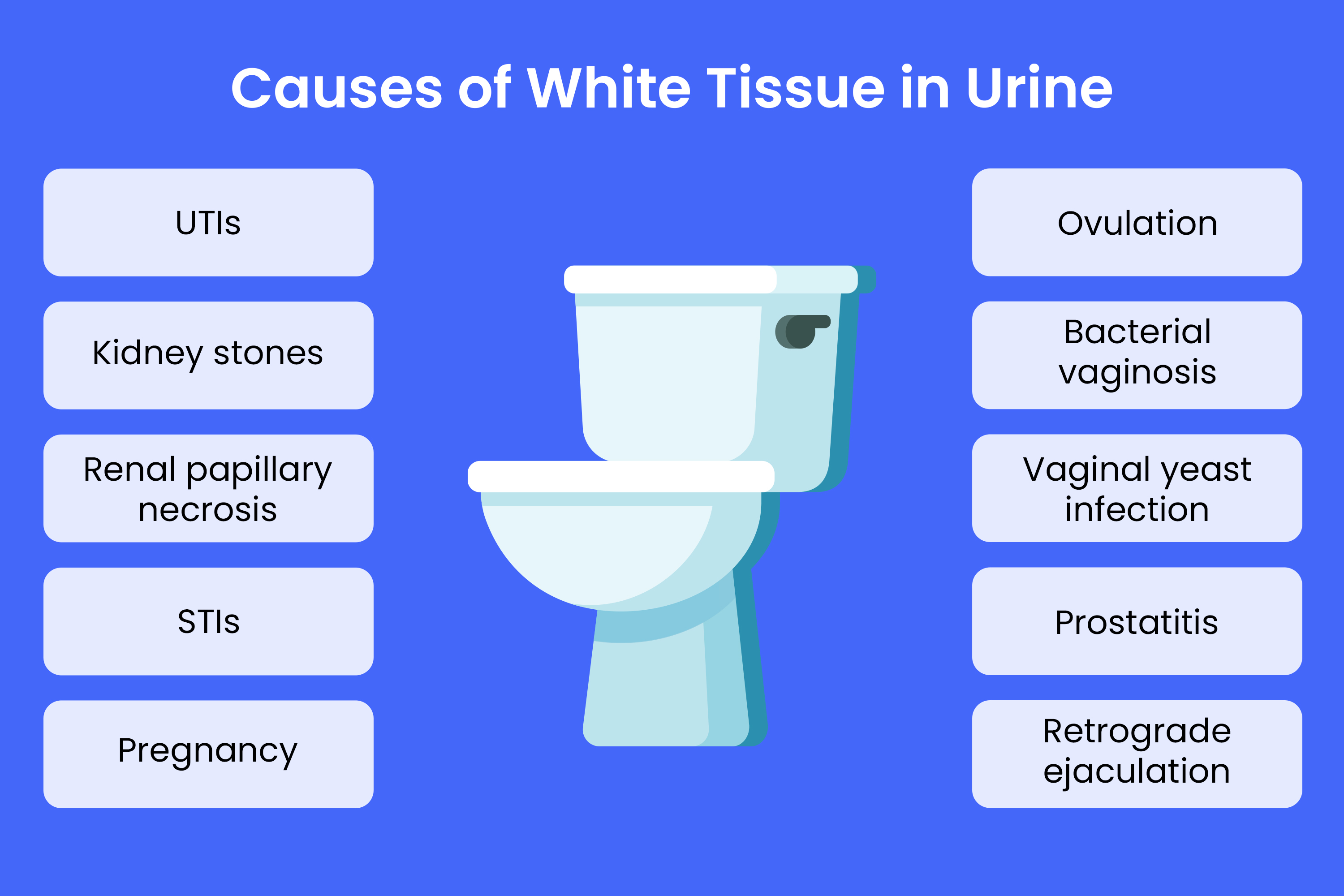Kidney Stones vs UTI: Professional Insights on Manifestations, Analysis, and Monitoring
Kidney Stones vs UTI: Professional Insights on Manifestations, Analysis, and Monitoring
Blog Article
A Relative Study of the Danger Elements and Avoidance Approaches for Kidney Stones and Urinary System System Infections: Insights for Better Wellness
The boosting frequency of kidney stones and urinary tract infections (UTIs) necessitates a better examination of their related threat elements and avoidance techniques. By identifying and addressing these shared susceptabilities, we can create more efficient techniques to minimize the threats associated with each. Kidney Stones vs UTI.
Summary of Kidney stones
Kidney stones are a common urological condition, impacting about 10% of people at some factor in their lives. These solid mineral and salt down payments create in the kidneys when urine comes to be concentrated, allowing minerals to take shape and bind together. The structure of kidney stones differs, with calcium oxalate stones being one of the most prevalent, complied with by uric acid, struvite, and cystine stones.
Danger factors for the development of kidney stones include dehydration, nutritional behaviors, obesity, and particular clinical conditions such as hyperparathyroidism or metabolic disorders. Signs and symptoms of kidney stones can vary from moderate discomfort to extreme discomfort, often presenting as flank discomfort, hematuria, and urinary seriousness.

Understanding Urinary System System Infections
Urinary system tract infections (UTIs) stand for a prevalent clinical condition, specifically amongst females, with about 50-60% experiencing at the very least one UTI in their lifetime - Kidney Stones vs UTI. UTIs occur when microorganisms enter the urinary tract, leading to inflammation and infection. This condition can affect any component of the urinary system, consisting of the kidneys, ureters, bladder, and urethra, with the bladder being the most frequently influenced site
The professional presentation of UTIs usually consists of signs such as dysuria, enhanced urinary system regularity, necessity, and suprapubic pain. Sometimes, clients might experience systemic symptoms such as high temperature and chills, indicating a much more severe infection, possibly entailing the kidneys. Diagnosis is mostly based upon the visibility of signs and symptoms, corroborated by urinalysis and urine society to determine the original microorganisms.
Escherichia coli is the most usual virus linked with UTIs, making up roughly 80-90% of situations. Risk factors include physiological tendencies, sex, and particular medical problems, such as diabetic issues. Recognizing the pathophysiology, clinical indications, and analysis standards of UTIs is crucial for efficient management and prevention approaches in prone populaces.
Shared Threat Factors
Numerous common threat elements add to the growth of both kidney stones and urinary tract infections (UTIs), highlighting the interconnectedness of these two conditions. Dehydration is a noticeable danger factor; poor liquid intake can lead to focused pee, advertising the formation of kidney stones and developing a desirable atmosphere for bacterial growth, which can precipitate UTIs.

Adjustments in estrogen degrees can impact urinary tract health and wellness and stone development. Furthermore, weight problems has actually been determined as a typical danger element, where excess weight can lead to metabolic modifications that prefer both kidney stone advancement and urinary system tract infections.
Prevention Approaches
Comprehending the common risk variables for kidney stones and urinary system system infections highlights the significance check this site out of applying reliable prevention techniques. Central to these strategies is the promo of adequate hydration, as enough fluid intake waters down pee, decreasing the focus of stone-forming compounds and reducing the danger of infection. Medical care experts often suggest drinking at least 2 to 3 litres of water daily, tailored to private demands.
In addition, nutritional modifications play an important duty. A well balanced diet reduced in salt, oxalates, and animal healthy proteins can minimize the formation of kidney stones, while increasing the usage of vegetables and fruits supports urinary system system health. Regular surveillance of urinary system pH and make-up can additionally aid in recognizing predispositions to stone formation or infections.
Furthermore, keeping correct health methods is crucial, especially in ladies, to stop urinary system system infections. This includes wiping from front to back and urinating after sexual intercourse. Lastly, for people with recurrent issues, prophylactic therapies or medications may be required, directed by health care professionals, to address specific risk aspects successfully. Overall, these avoidance methods are essential for lowering the occurrence of both kidney stones and urinary tract infections.
Way Of Living Modifications for Health And Wellness
How can lifestyle modifications add to better total health and wellness? Applying specific way of life modifications can substantially lower the danger of creating kidney stones and urinary system system infections (UTIs) A balanced diet plays a critical duty; boosting liquid consumption, particularly water, can weaken urine and help avoid stone formation in addition to clear out bacteria that might cause UTIs. Eating a diet abundant in veggies and fruits official source supplies crucial nutrients while lessening sodium and oxalate consumption, which are connected to stone advancement.
Normal exercise is also important, as it advertises overall health and wellness and help in maintaining a healthy and balanced weight, more reducing the risk of metabolic disorders related to kidney stones. Furthermore, practicing excellent hygiene is vital in protecting against UTIs, especially in women, where cleaning strategies and post-coital urination can play preventive duties.
Preventing too much caffeine and alcohol, both of which can worsen dehydration, is suggested. Routine clinical examinations can assist check kidney function and urinary wellness, determining any kind of early signs of problems. By adopting these way of living modifications, individuals can enhance their overall wellness while successfully lowering the danger of kidney stones and urinary system tract infections.
Conclusion
Finally, the relative analysis of kidney stones and urinary system tract infections underscores the significance of shared danger elements such as dehydration, nutritional habits, and weight problems. Carrying out reliable avoidance strategies that concentrate on ample hydration, a balanced diet, and routine physical task can alleviate the incidence of both conditions. By attending to these typical components with way of life modifications and boosted hygiene practices, people can improve their overall wellness and minimize their susceptability to these prevalent health and wellness concerns.
The raising occurrence of kidney stones and urinary system infections (UTIs) demands a better assessment of their related threat variables and avoidance strategies - Kidney Stones vs UTI. The structure of kidney stones differs, with calcium oxalate stones being look at this website the most widespread, adhered to by uric acid, struvite, and cystine stones
Therapy alternatives vary based on the size and kind of the stone, ranging from conservative monitoring with raised fluid intake to medical treatment like lithotripsy or surgical removal for bigger stones. In addition, obesity has actually been determined as a typical danger factor, where excess weight can lead to metabolic adjustments that prefer both kidney stone growth and urinary system infections.Understanding the shared threat aspects for kidney stones and urinary tract infections highlights the relevance of applying efficient prevention approaches.
Report this page